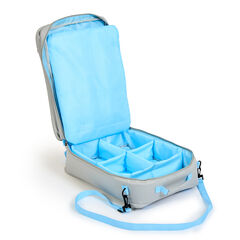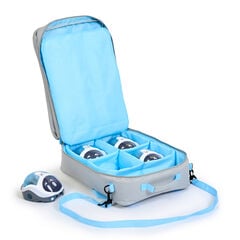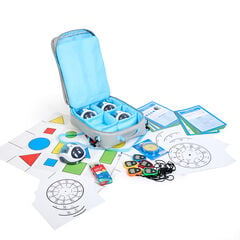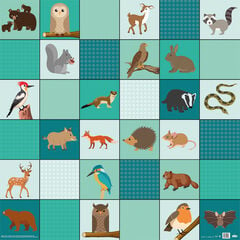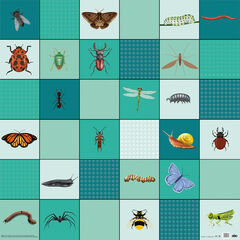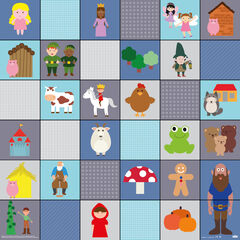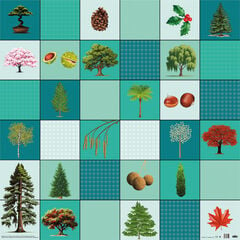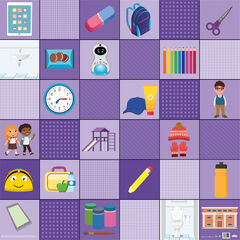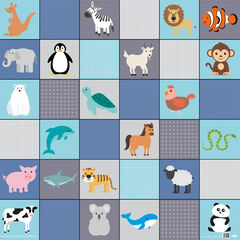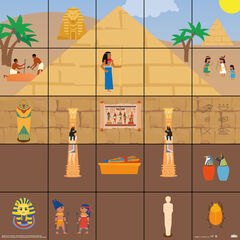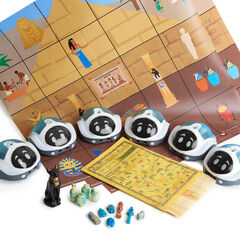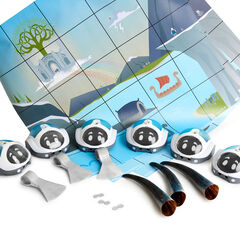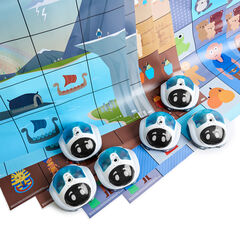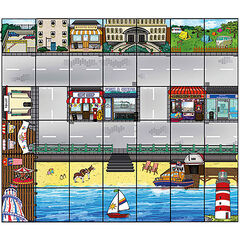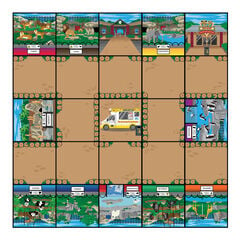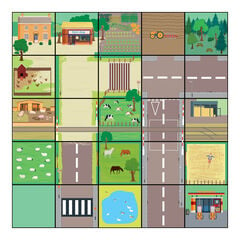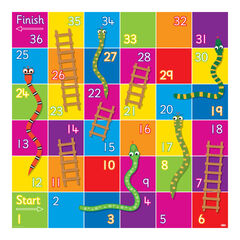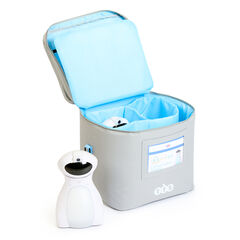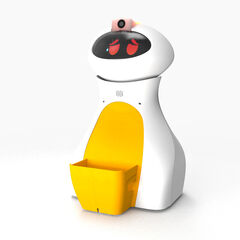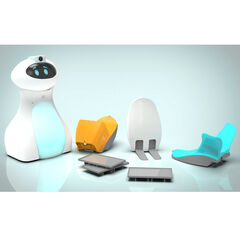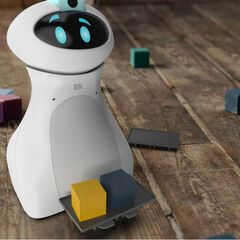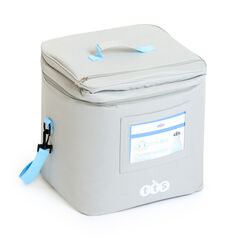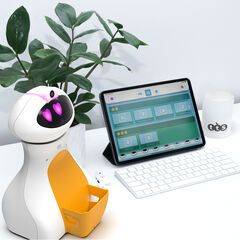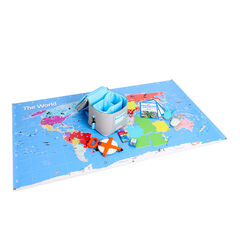Technology to Support STEAM Lessons
Technology plays a crucial part in STEAM education. Read this blog to explore ways to use technology to support STEAM lessons. Discover how technology can boost creativity and innovation and spark interest in STEAM.
What is STEAM?
STEAM is an inquiry-based approach to learning, combining Science, Technology, Engineering, The Arts and Mathematics. It encourages pupils to make connections.
STEAM lessons provide pupils with real-world opportunities to help prepare them for future work. It encourages 21st Century skills (Communication, Collaboration, Critical Thinking (Problem Solving), Creativity). As well as Innovation, Citizenship and Computational Thinking.
Using Technology to Support STEAM Lessons
Combining the hands-on tactile learning of STEAM with digital exploration can provide wonderful learning experiences, making lessons more engaging and memorable. Keeping up to date with emerging technologies can not only be rewarding but can help to prepare pupils for real-world scenarios.
Children already have a passion for robots and coding, and using these in lessons can help pupils to engage more and retain information.
Tell me and I forget, show me and I remember, involve me and I understand.
Old Chinese proverb
As this proverb highlights, the more involvement we have, the more we learn and remember.
Using floor robots is a great way to give pupils hands-on learning experiences. Coding and programming skills are essential for using floor robots. Pupils can learn the basics of writing and sequencing code, which is a valuable skill in the digital age.
Loti-Bot is a member of the TTS bot family, featuring programmable movement, highly accurate drawing capabilities and a variety of inputs and outputs. This makes Loti-Bot the perfect STEAM robot as it can be used not only in computing, but in other areas across the curriculum.
Jodie Lopez, an educational technology expert, says, “Loti-Bot is a floor robot that captivates young minds”. To find out more read Jodie’s blog, ‘Embracing Learning and Fun with Loti-Bot’. (See link to this at end of this blog).
How can Loti-Bot’s Sensors Support the Science Part of STEAM Lessons?
Loti-Bot is equipped with sensors and pupils can see how the robot responds to the environment. Using Loti-Bot’s sensors, children can measure temperature, light intensity or sound levels around them. This hands-on practical experience helps pupils connect abstract science concepts to the real world, a valuable part of STEAM education.
With a variety of inputs and outputs, Loti-Bot provides an exciting approach to learning coding and developing computational thinking. The robot has highly accurate drawing capabilities and is ideal for many shape, space and measure activities. Therefore, great for mathematical learning.
Loti-Bot and Mathematical Thinking and Reasoning
Loti-Bot can be used in maths to explore different mathematical concepts. Children can solve problems through practical hands-on activities using the robot, helping to make the abstract concepts of maths come to life.
The Loti-Bot Big Bag of Numeracy is a hands-on practical approach to learning mathematical concepts with computing. A one-stop solution with everything needed to integrate robotics into the Numeracy curriculum. Explore compass points, drawing shapes, working with angles, telling the time, timing events, and using coordinates. Children will learn to develop geometrical skills for STEAM through using the Loti-Bot Big bag of Numeracy.
Using the Loti-Bot Big Bag of Numeracy Support STEAM Lessons
The Loti-Bot Big Bag of Numeracy uses practical and project-based learning which help to make lessons more memorable. Combining subjects like maths with technology helps pupils to think through challenges in different ways. It makes it more real to life and prepares our children better for jobs they may do in the future.
Examples of Learning that can be Used with the Big Bag of Numeracy:
- Shape- Program Loti-Bot to draw a range of 2D shapes to a high level of accuracy. Discuss the properties of shapes and use the robot to solve a variety of shape related problems.
- Area and Perimeter- Pupils can use the robot to explore area and perimeter by programming it to move, draw and measure the sides of geometric shapes on the floor.
- Angles- The robot’s ability to move and turn at specific angles can help pupils learn about angles and degrees in a hands-on way.
- Position and Location– Pupils can use the robot’s movement and sensors to explore concepts of position and location on a grid. They can program it to move to specific coordinates, teaching them about Cartesian coordinates and map reading. You can also explore compass points too.
- Patterns and Sequences– Pupils can program the robot to follow specific patterns and sequences of movement. For example, they can create a program that makes the robot move in a repeating pattern to reinforce the concept of sequences and patterns in mathematics. This can be further supported when using the pen feature in Loti-Bot.
- Time and Speed- Pupils can use the robot to explore concepts of time and speed. They can time how long it takes the robot to move a certain distance and calculate its speed.
- Problem-Solving- Using the robot to solve mathematical problems, such as finding the shortest path from one point to another or navigating around obstacles, encourages problem-solving skills and critical thinking. During the lessons children will ask questions which encourages critical thinking, inquiry and reasoning. They will engage in open-ended problems and use teamwork to work on collaborative tasks.
How can Loti-Bot Deliver The Arts and Support STEAM Lessons?
Bringing in other subjects like art with technology also supports STEAM. Many artistic patterns like mandalas and mosaics start with a basic shape or line which can be repeated, rotated and combined. Loti-Bot’s drawing capabilities mean that it can produce these shapes and patterns. The sounds and lights on the robot can also be used in a variety of captivating ways. This is where problem solving meets creativity. This supports STEAM as it inspires creativity and innovation for learners.
 Using Technology to Support Other Areas of the Curriculum
Using Technology to Support Other Areas of the CurriculumRobotic mats also enhance the programming experience, supporting learning across different areas of the curriculum. This is an exciting way to use coding and computational thinking in different situations. Pupils can use Loti-Bot to program a journey across a floor map, engaging pupils in hands-on learning and STEAM activities which teaches children how to code. Pupils will learn to code through engaging and collaborative activities. They will develop language skills through being involved in active learning experiences. Working in groups to program and control a floor robot like Loti-Bot fosters collaboration and communication skills. Pupils can learn to express ideas and work together to achieve a common goal. Here are some of the mats you can choose from:
-

-

-

-

-
















